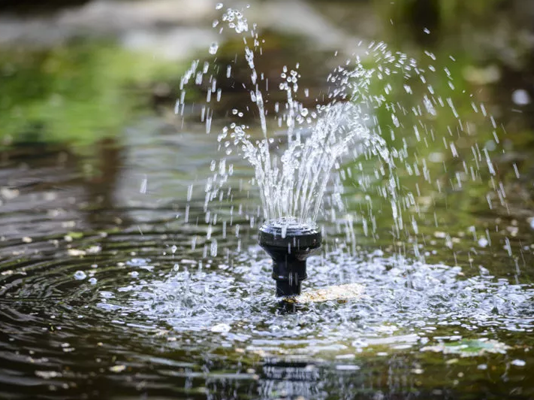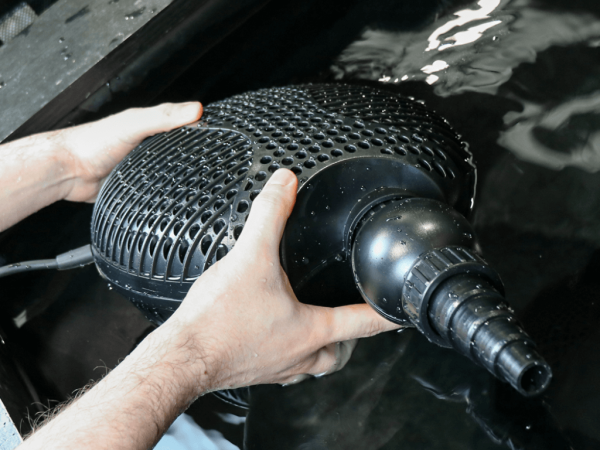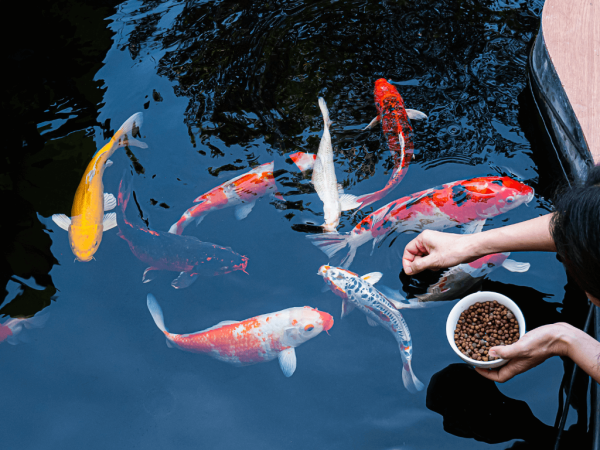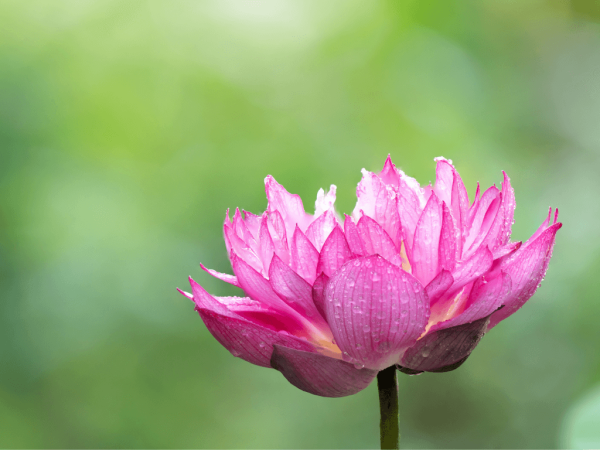How to choose a solar-powered pond pump
Solar is a great way to get water moving in the garden without having to use mains electricity.
You can create a fountain in a pond or water feature powered solely by the sun, resulting in an environmentally friendly, low voltage, safe feature with eco credentials to boot.
How solar pumps work
Solar-powered pond pumps consist of a solar panel, a cable, and a small fountain pump. The panel is placed in an area of full sun in the garden, the pump is placed in water and a sprinkler fountain is created that offers the sight and sound and moving water.
Some models also feature a lithium battery so when the sun is at its brightest it can power the fountain but also store energy for dimmer periods or as the sun starts to set. Different fountain heads and tiny LED lights are included with some battery backed-up models too, adding extra visual display as the garden gets dark.
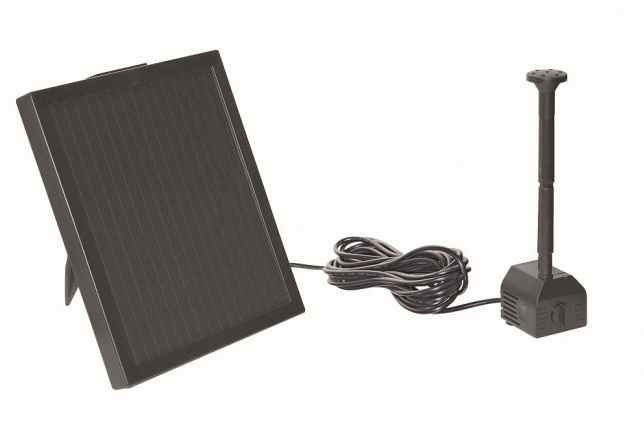
Solar panels
Solar-powered pond pumps either have a separate rectangular solar panel that sits up to five metres away from the pump at the poolside, or an integrated panel in the middle of a self-contained solar-powered floating fountain, which sits on the water surface.
The larger the panel, the more watts of solar panel energy it can create to power the pump. Solar-powered fountain pumps range in flow rate from about 150 litres per hour (lph,) to 1600lph. That equates to a fountain jet about 20cm high at 150lph up to 1.8 metres high for a 1600lph model. But these are quoted as maximums on the brightest of days, with a brand new fountain pump and no clogging.
Choose the largest model with the most litres per hour, the largest solar panel (or even two solar panels,) and a lithium battery to avoid disappointment.
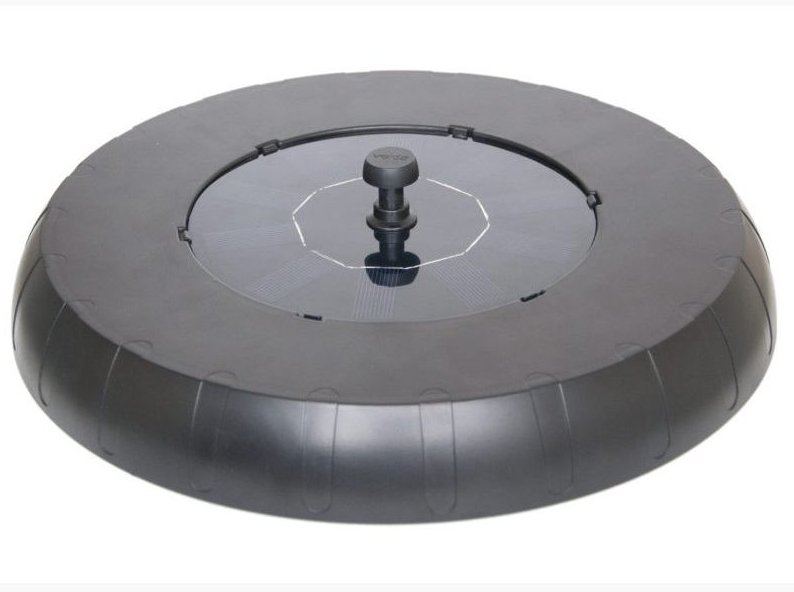
Know the limitations solar powered pond pumps!
The obvious advantages of solar are that they cost nothing to run and you don’t need garden safe electricals in the garden to power them, but a solar pond pump isn’t the answer for all pond pumping solutions just yet.
In a hot, sunny country like Dubai, you can expect solar fountains to work at their maximum projected fountain height pretty much all day, every day, but in the UK when the sun goes in, fountain performance will drop. Solar panels are designed to be angled towards the sun so we recommend that you find which way is south facing and position the panel accordingly to catch the maximum British sun’s rays.
You’ll also note that solar pond pumps are so far only quite small in terms of flow rate and only available as a solar powered fountain pump. There are no solar-powered filter pumps yet for garden ponds, or Ultraviolet clarifiers. That’s because the technology and the price are just not there yet when it comes to producing more powerful autonomous pond pumps.
Choose the smallest, cheapest model and the fountain it produces may be underwhelming versus an AC powered fountain pump in the same price bracket. It may be more suited to bird baths than large ponds.
No solar powered pond pump solution yet guarantees 24-hour uninterrupted performance either - something you need for a biological filter - so don’t use solar as the life support system for a fish pond and use it as a part-time (summertime,) water feature solution instead.
Sadly solar pumps aren’t designed to run waterfalls either, so if you want a larger, more reliable pump for a filter or waterfall opt for a conventional 240v mains-powered model.
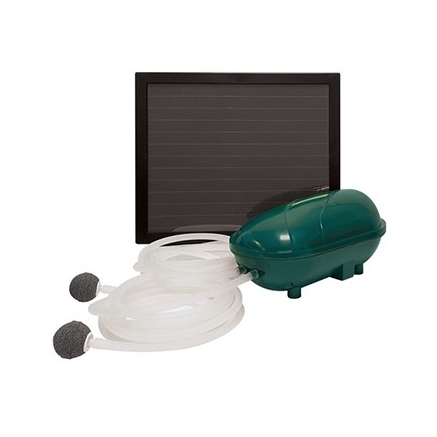
Solar-powered air pumps
Solar-powered pond air pumps are available, however, offering vital oxygen for pond fish on the hottest, brightest days. Again they won’t win any awards in the power stakes versus a large, AC - powered pond pump, but it’s a great innovation and a zero running cost solution to producing bubbles in the water on sunny summer days.




